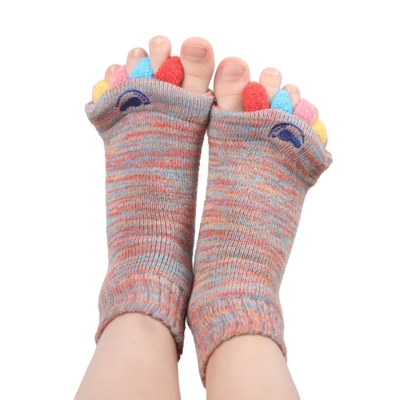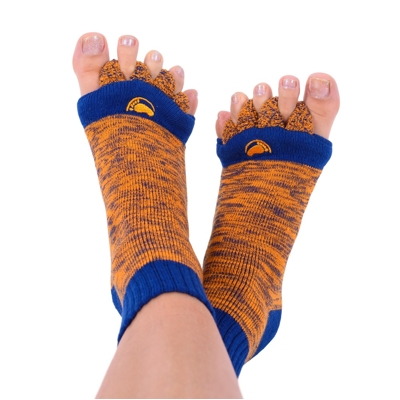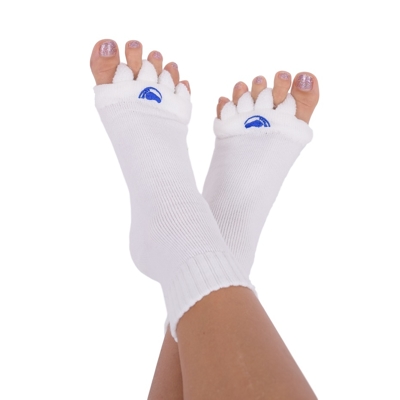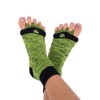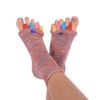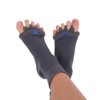Bothered by a bunion? Treatment, symptoms and the most common causes
 Hallux valgus, commonly known as a bunion, is one of the most common foot deformities occurring between the ages and 40 and 60. Even though the most dominant feature of this deformity is the displacement of the big toe towards the other toes, it is a more complicated foot defect. The big toe is not only “crooked” but rotated, deviations occur in the metatarsal bone, there are disorders in the muscles and tendons of the foot and often a collapse in the transverse and longitudinal arches of the foot, etc.
Hallux valgus, commonly known as a bunion, is one of the most common foot deformities occurring between the ages and 40 and 60. Even though the most dominant feature of this deformity is the displacement of the big toe towards the other toes, it is a more complicated foot defect. The big toe is not only “crooked” but rotated, deviations occur in the metatarsal bone, there are disorders in the muscles and tendons of the foot and often a collapse in the transverse and longitudinal arches of the foot, etc.
More advanced-stage bunions typically exhibit exostosis, in layman’s terms an enlarged markedly protruding big toe joint, which is often very painful and interferes with wearing shoes. This exostosis is accompanied by inflammation, swelling and pain of the soft tissues.
How this deformity occurs
There are several factors and there tends to be more than one cause. Congenital factors such as the length of the 1st metatarsal bone, hypermobility or ligament insufficiency are involved in the development of hallux valgus. Other influences affecting our feet over our lifetimes include long static loads, poor gait, and the most generally well-known factor, which is undoubtedly wearing inappropriate shoes.
Why are bunions such a problem? The first thing we probably notice is the aesthetic appearance and pain. But these defects are more than just cosmetic and the fact that we can’t fit into our shoes. The problem lies in the limited function of the big toe and thus the entire foot. The big toe is not properly involved in pushing off when walking nor can it stabilize us to provide balance. This affects the entire leg, gait is no longer economical for the body, and the problem thus passes upward to the knees, hips and spine.

Bunions and treatment
All that now remains is the question of “What to do about it?” There are two basic approaches: either conservative treatment, or the foot deformity is so severe that surgery is necessary. Conservative treatment focuses on eliminating all factors that worsen the condition such as tight shoes, poorly shaped toe boxes, long periods of standing and the like. Then there is intensive physiotherapy, especially active foot exercises. If you want to get rid of a bunion, it is not possible without exercising. You must restore the natural function of the foot, focus on the transverse and longitudinal arch of the foot, practice proper loading of the sole including the role the big toe plays in pushing off, and, above all, actively pull the big toe away from the other toes. The consequences of the condition can often be noted throughout the musculoskeletal system, so it is good to also focus on other parts of the body experiencing problems through a causal chain.
There are also several other ways to support active foot exercises, e.g., functional orthotics, kinesio tape, passive correctors, hydrotherapy, soft tissue release, etc. Another excellent way to help treat bunions is to wear Foot Alignmnet Socks. This aid significantly increases blood flow in the feet and thus relaxes areas subjected to constant stress. The socks also improve toe position, reduce friction and relieve pain. The regular wearing of Foot Alignment Socks and proper foot exercise significantly reduces the risk of surgery.
Have you got yours yet?



